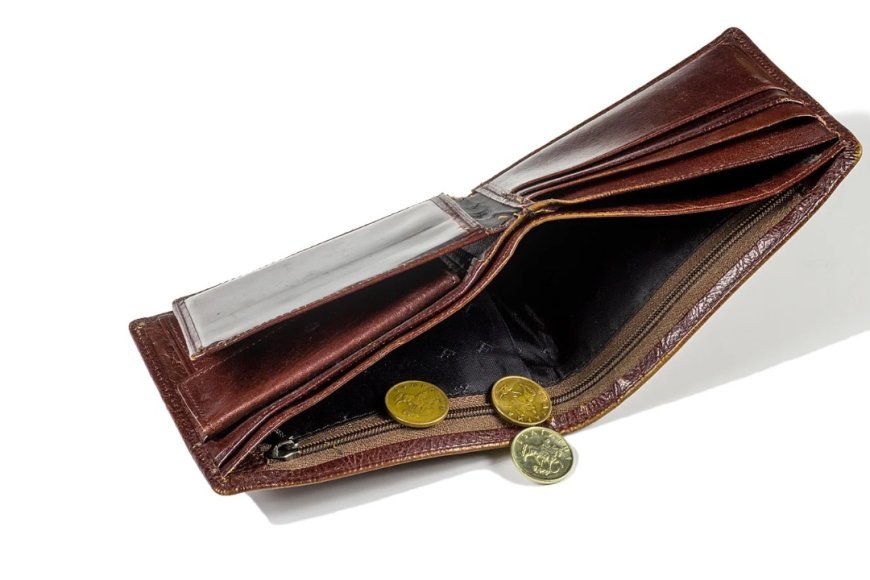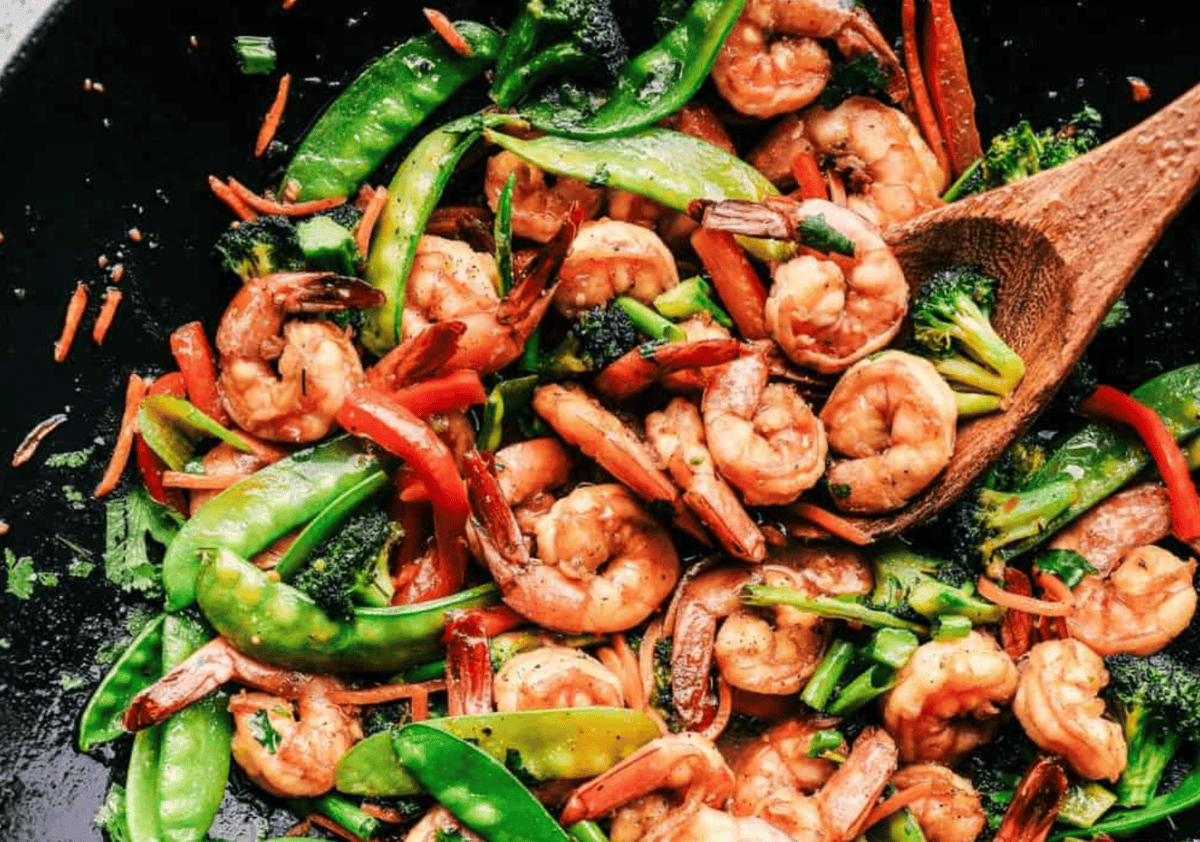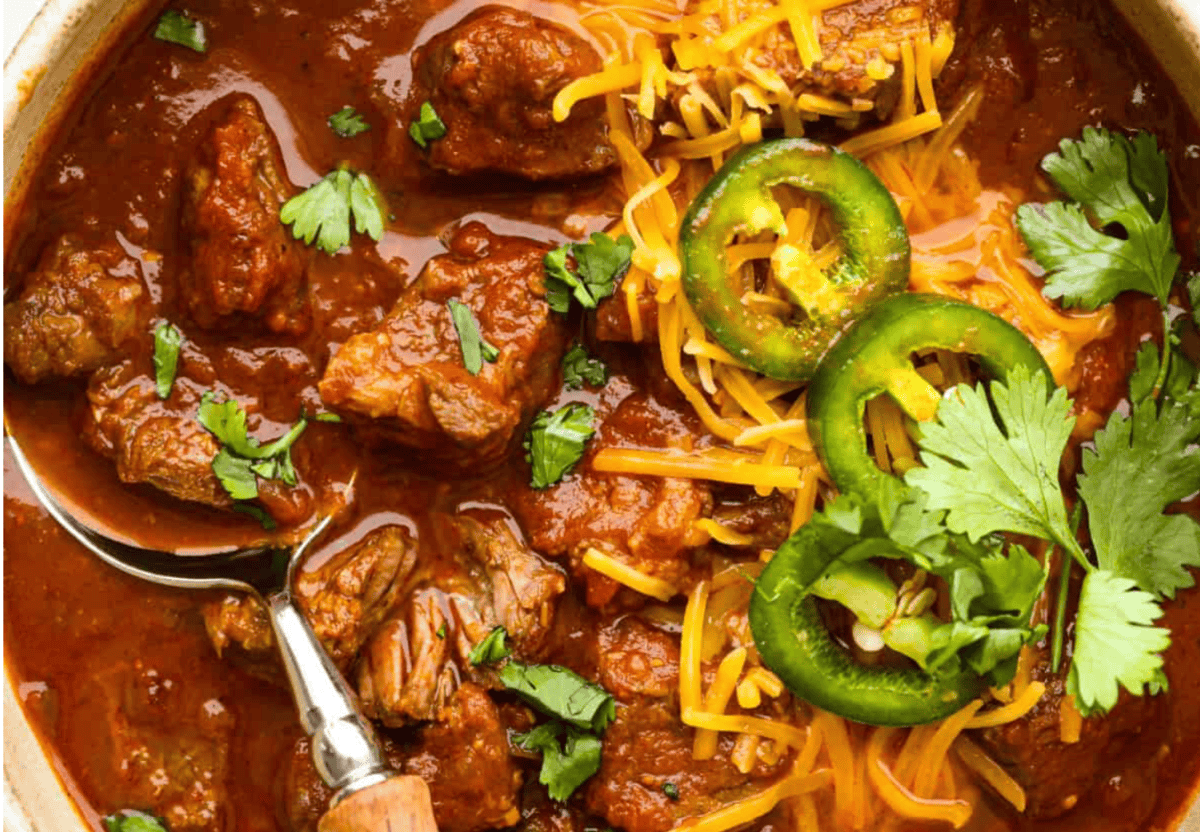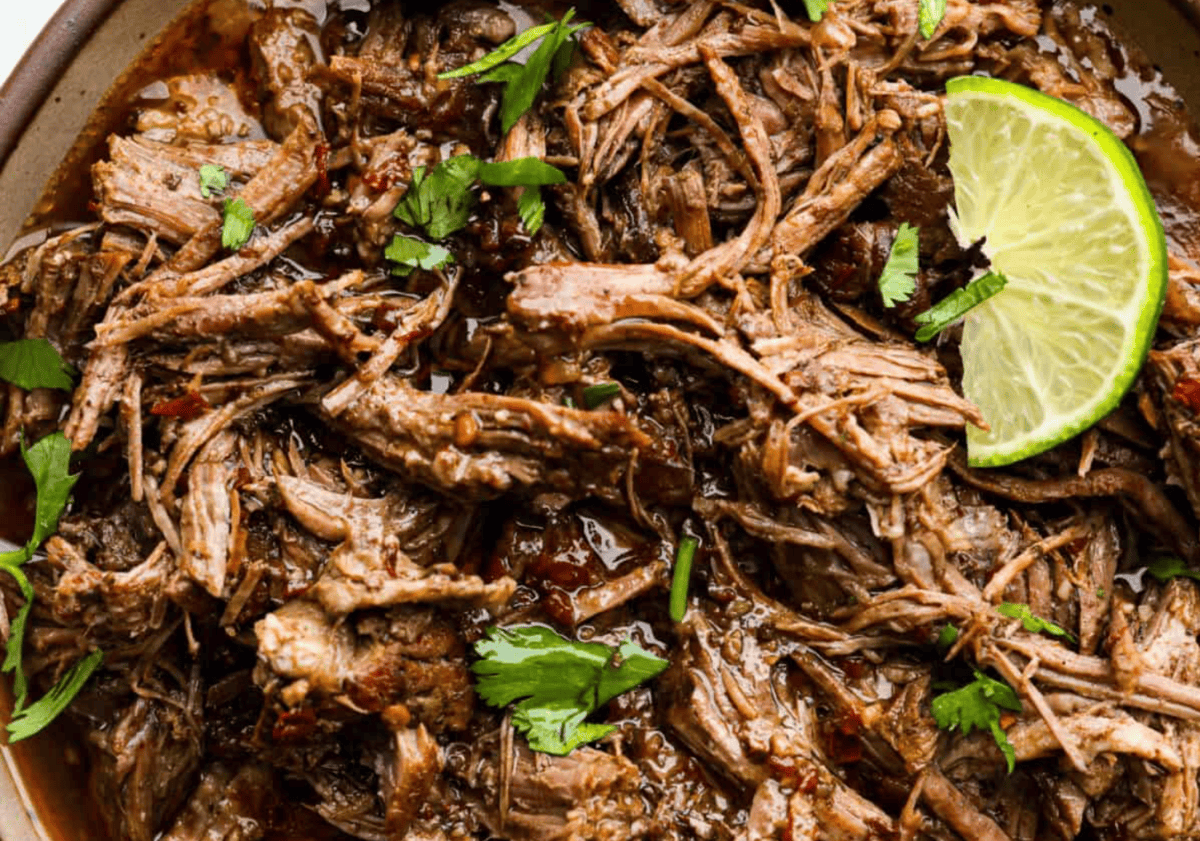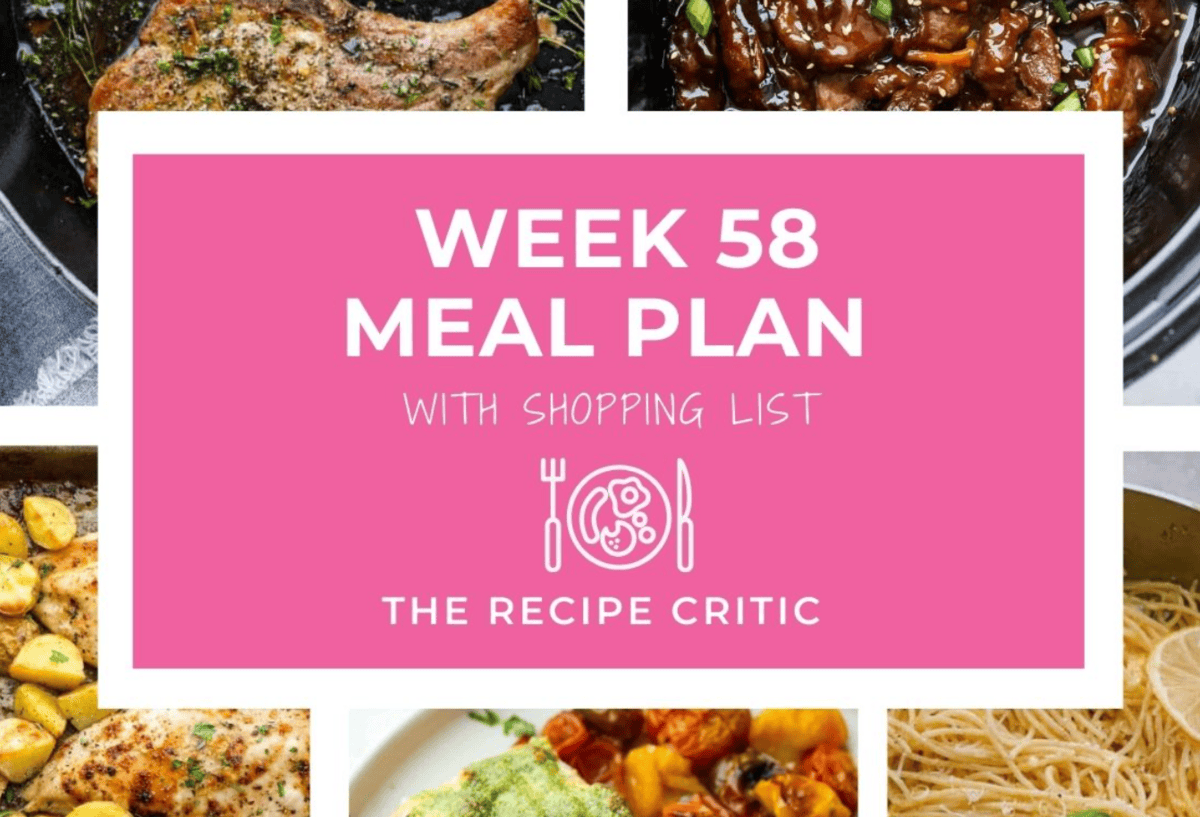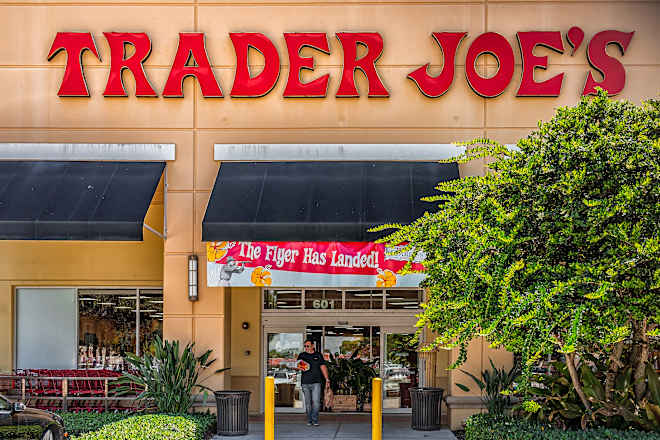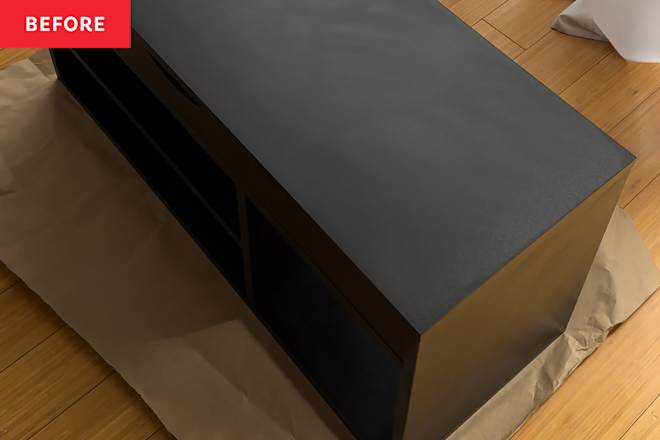When to Use a Blender Vs. a Food Processor

We may earn a commission from links on this page.
Your kitchen should have the right tools. Welcome to A Guide to Gearing Up Your Kitchen, a series where I help you outfit the space with all the small appliances you need (and ditch the ones you don’t).
I’d be lying if I denied that a blender and food processor kind of look interchangeable—there are blades, containers, lids with chutes, and a big heavy base with buttons. While it might seem like having one is as good as having the other, they don’t exactly do the same thing. Yes, they both cut food (fast) but the shape of the container and blades make them experts at different tasks. Once you know what they do best, you can use both of these appliances to make your work in the kitchen much easier.

The blender's vortex
The blender and food processor both have powerful engines that spin their respective blades at incredible speeds—way faster than a human could move—and that’s what makes them convenient. Where they differ is in their shape, and this changes everything.
A blender has a tall container that tapers at the base where the blades live. There are usually two sets of small blades or blade tips; two tilt (or bend) up and two down. The gently sloping walls of the container and the opposing blade angles all contribute to creating a vortex out of whatever you put inside. The blades spin and create suction at the base. Slowly, material spins down from the top of the container to get blended at the bottom, and then it climbs back up the vortex to repeat the cycle until you stop the machine.
When to use a blender
A blender’s wee blades are only at the base, so the design counts on the vortex to bring food on that slow descent to the blades. This makes it ideal for blending liquids or items that have a high water content. Anything dry or thick won’t move down into the blades, so you’ll end up with over-processed material at the bottom while the top remains untouched.
Use your blender for:
Finely puréed soups
Super smooth baby food
Blending smoothies
Churning frozen desserts
Whipping-up salad dressings
Making stable emulsions like hollandaise sauce, mayonnaise, or aioli
Making nut butters (for more powerful blenders)
Blender cost and quality
Blenders aren't cheap: They usually range from $100 to $700. Although you'll occasionally find a righteous sale you can take advantage of, most blenders falling below the retail price of $80 are a bit suspect. That's not to say that a lower priced blender isn't the right choice for you, but you usually get what you pay for with blenders, so you have to consider what you want out of the machine.
For folks who blend every day, you want a machine that'll hold up for years, maybe even decades. Vitamix blenders are considered top of the line appliances, but they're an investment. I tested and reviewed the Vitamix Ascent X5 from their newest line which retails for $749.95. You could probably buy a roundtrip flight to Europe for that price, but the blender will last longer.
It's a great blender—fully loaded with preset functions and a powerful engine—but the best value blender from Vitamix is the Explorian E310 which I also tested and reviewed. It retails for $379.95, so you save almost 50%, and it has all the power of even their top-tier models.
For folks occasionally whipping up a smoothie or frozen marg, you can opt for a middle-tier or budget tier blender. You won't get the finest purées or silky soups, and the first few years might be its best, but you'll save money. Try the Cuisinart Smart Power Duet Blender for $165, or the Ninja Professional blender for $139.

The food processor chops evenly
A food processor doesn’t create the same food whirlpools like a blender, but that’s not a bad thing. You don’t always want purée—sometimes you want a chunky salsa or roughly chopped onions. The blender doesn’t really have a choice but to overdo it, but a food processor puts you in control.
The food processor’s container is short and wide compared to the blender’s tall, slender one. The blades are mostly straight (maybe angled but not bent like some blender blades), have a longer wingspan that reaches almost the entire diameter of the container, and, depending on the model, there may be two or four. When you activate the motor, the food processor’s blades spin and chop. That’s pretty much the long and short of it. What’s important is that since the blades are longer and more spread out, they will reach more of the food in the container at one time, allowing you to achieve evenly cut pieces faster. Compare this to a blender where the blades can only access the very base of the container at one time.
When to use a food processor
The food processor is more like your sous chef. It’s an expert at chopping ingredients fast, helping you to get to the cooking part faster. Plus, it’s not only equipped for chopping. Food processors come with attachments (different brands can offer more options), so you can slice rounds of carrots and potatoes, switch to the shredder, and easily take down a block of cheddar for your casserole. Read here for more tips on buying the best food processor.
Keep in mind that a food processor can absolutely smooth-out your chunky soups, but the purée won’t have the same velvety results that a blender will give you.
Use your food processor for:
Chopping ingredients, from coarse to super fine
Slicing rounds
Peeling vegetables
Shredding ingredients
Mixing dough
Blending puddings, sauces, dips, or dressings
Making stable emulsions like hollandaise sauce or mayonnaise
Making nut butters
Once you get the hang of it, you’ll be able to choose the right appliance for any job, whether it's making whipped cream, the perfect smoothie, or prepping your alfredo potatoes au gratin this week.
Food processor cost and quality
Food processors will run between $100 and $500. They're also priced according to size, so a little 1-cup chopper might be $30, but I'm talking here about the 12- to 16-cup capacity processors that can be more multifunctional helpers in your kitchen. Again, you get what you pay for with these machines. If you see yourself using the food processor a few times a month and getting the most out of the attachment blades, you'd benefit from getting one of these middle-range processors: the Cuisinart 11-cup professional food processor or this Ninja food processor professional XL.
Sadly, if you thought maybe the price difference between a food processor and blender would make the buying decision for you, you were wrong. They're rather equal in cost, and they should be—those motors can churn! Since the price ranges are comparable, think instead of what types of food you see yourself making the most and choose from there.
What's Your Reaction?
 Like
0
Like
0
 Dislike
0
Dislike
0
 Love
0
Love
0
 Funny
0
Funny
0
 Angry
0
Angry
0
 Sad
0
Sad
0
 Wow
0
Wow
0





